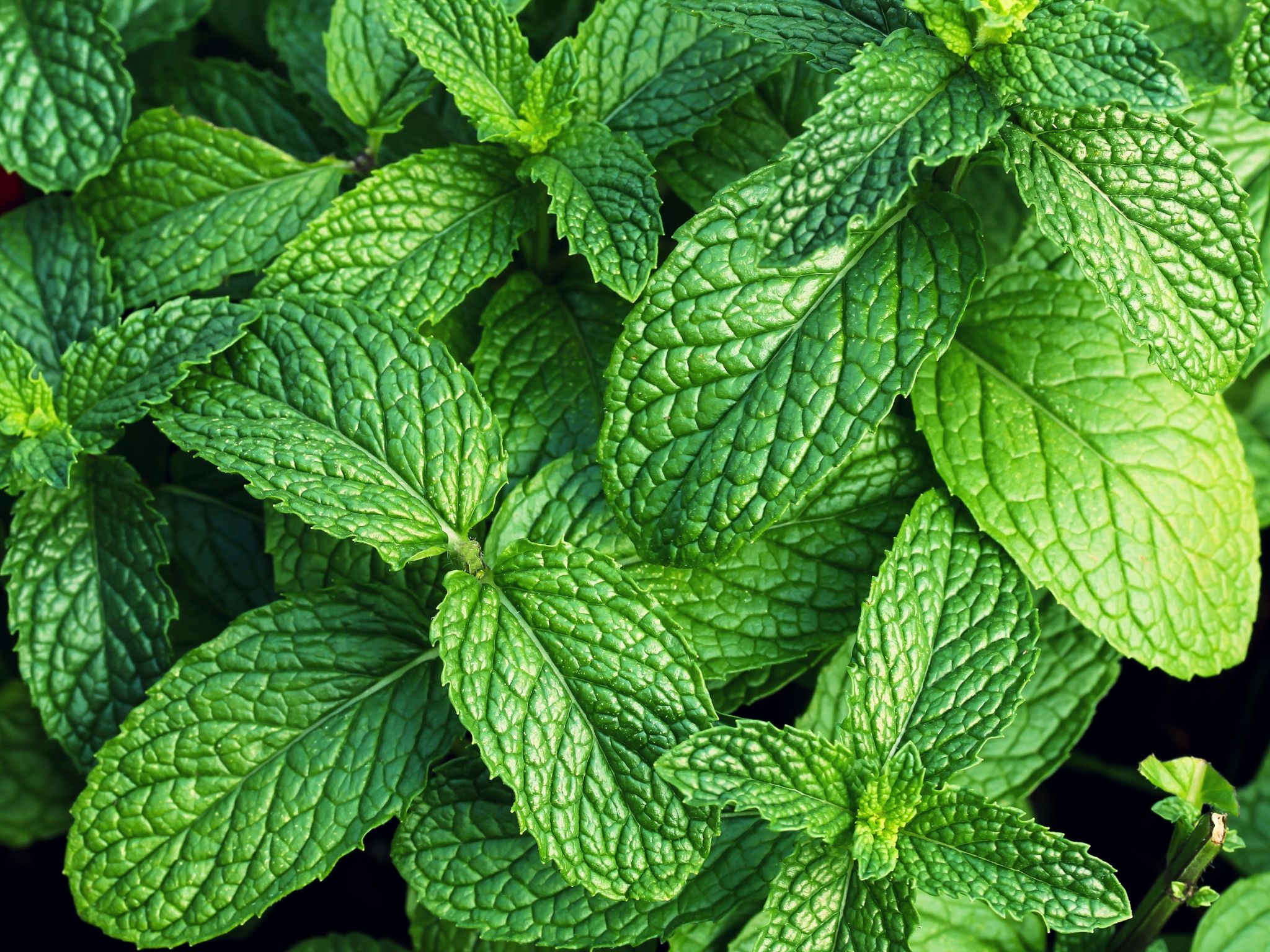Exploring South Carolina Wildlife: 5 Common Species
With a vast and beautiful wildlife habitat here in South Carolina, there are countless species that call the Palmetto State home.
While many animals prefer to keep their company purely in the solitude and relative safety of a natural environment, development and shifting populations mean more and more of our state’s wildlife is likely to be seen where you least expect it: your neighborhood, roadways, or even your own backyard.
Here, we’ll outline five common species of wildlife you are likely to run into throughout South Carolina. It is important to note that not every species mentioned here are categorized as dangerous wildlife in South Carolina. But all should be left alone (for various reasons).
White-tailed Deer
Well-known and well-loved as South Carolina’s state animal, the white-tailed deer is a gentle giant known to flit in packs throughout the dense wildlife areas in South Carolina. You have likely seen these beauties in a wooded backyard, alongside a hiking trail, or possibly even through the trees on the roadside in the dark of night.
Deer are famously skittish of humans, but as their space to roam becomes less and less available, we tend to see more and more of them.
This increased interaction with deer isn’t all good news, though. While auto accidents are the most obvious downside of human interactions with deer, they also come with some cons. Decimated fruit trees are on the low stakes side of the spectrum, with an increase in the local tick population being on the high stakes side.
Raccoons
Racoons get a bad rap for being dumpster divers. But raccoons have a shockingly diverse diet. They eat everything from crustaceans to birds’ eggs. That’s probably why we see so many of them here in South Carolina. Between the, yes, plentiful garbage cans throughout our residential neighborhoods to the diverse animal ecosystem that calls South Carolina home, they are well served for scavenging their next meal.
While many of the other animals on this list are commonly seen in certain locations or contexts, raccoons are the likeliest to be found everywhere from wooded areas to your own backyard. Because of this, they deserve the top spot on our list of the most common South Carolina wildlife.
American Alligator
If you’ve ever run across an American Alligator, it was likely hard to ignore due to its sheer size. Well-known as one of the most dangerous wildlife species in South Carolina, they are usually found in and round the ACE Basin region of South Carolina as well as in Florida.
The good news about alligators is that they generally don’t like to interact with humans. However,during mating season that lasts from May through June they have been known to become aggressive, so it’s best to keep pets and small children at bay when near known alligator inhabited areas.
Bald Eagles
With over 59 species of eagle species worldwide, South Carolina is home to the only sea eagle species found in the North American continent. Smaller than their northern counterparts or those found in the midwest, bald eagles in South Carolina have an average wingspan of 6 feet and weigh about 7 lbs.
This well-known bird species nests along major river ways alongside the Lower Coastal Plain with over 40% nesting within South Carolina’s state lines. If you’re fortunate to spot one of these more famous examples of wildlife in South Carolina, retain a respectful distance, but have your camera ready to capture their majestic beauty.
Bats
South Carolina has an extensive population of native bats, with numerous species represented. This includes:
- Big brown bats (Eptesicus fuscus)
- Brazilian/Mexican Free-tailed Bats (Tadarida brasiliensis)
- Evening Bats (Nycticeius humeralis)
- Rafinesque’s Big-eared Bat (Corynorhinus rafinesquii)
- Eastern Small-footed Bats (Myotis leibii)
- Little Brown Bats (Myotis lucifugus)
- Northern Long-eared Bat (Myotis septentrionalis)
- Southeastern Bat (Myotis austroriparius)
Such an extensive community thankfully helps keep the local bug population in check, but it also comes with a drawback.
While bats don’t pose a direct risk to humans (they are generally fearful of us and are usually active at night while we sleep), there are numerous reasons why you may not want to come into direct contact with a bat (chiefly: disease).
While a bat is unlikely to directly engage with a human, any of a bat’s numerous diseases can be transmitted from a bat to a human through urine and fecal droppings.
In Charleston and the surrounding area, bats often set up their home in attics and rooflines. This means that, unlike some of the other creatures on this list, humans have a greater chance of encountering a bat in their day-to-day life.
When Wildlife Calls Your Property Home
There are countless other creatures that call South Carolina home, including rats, mice, other rodents, squirrels, skunks, bats, and more. If you have a run-in with a member of South Carolina wildlife, Alpha Wildlife is here to help. We are a veteran-owned wildlife species removal company. And we have experience removing nuisance wildlife, including venomous pests, and more, throughout South Carolina.
Call us today for a free assessment or learn more about our South Carolina wildlife removal services in Charleston, Columbia, and surrounds today!
Latest Resources

Does Mint Repel Raccoons?
If you’ve ever had a raccoon rummaging through your trash or making a home in your…

Cost to Remove a Raccoon from Your Attic?
Raccoons are cute, but when they invade your attic, they can cause serious damage. If you’ve…

Should I Remove a Squirrel Nest from a Tree?
Squirrels are a common sight in neighborhoods, parks, and backyards. While they’re generally harmless, you may…
